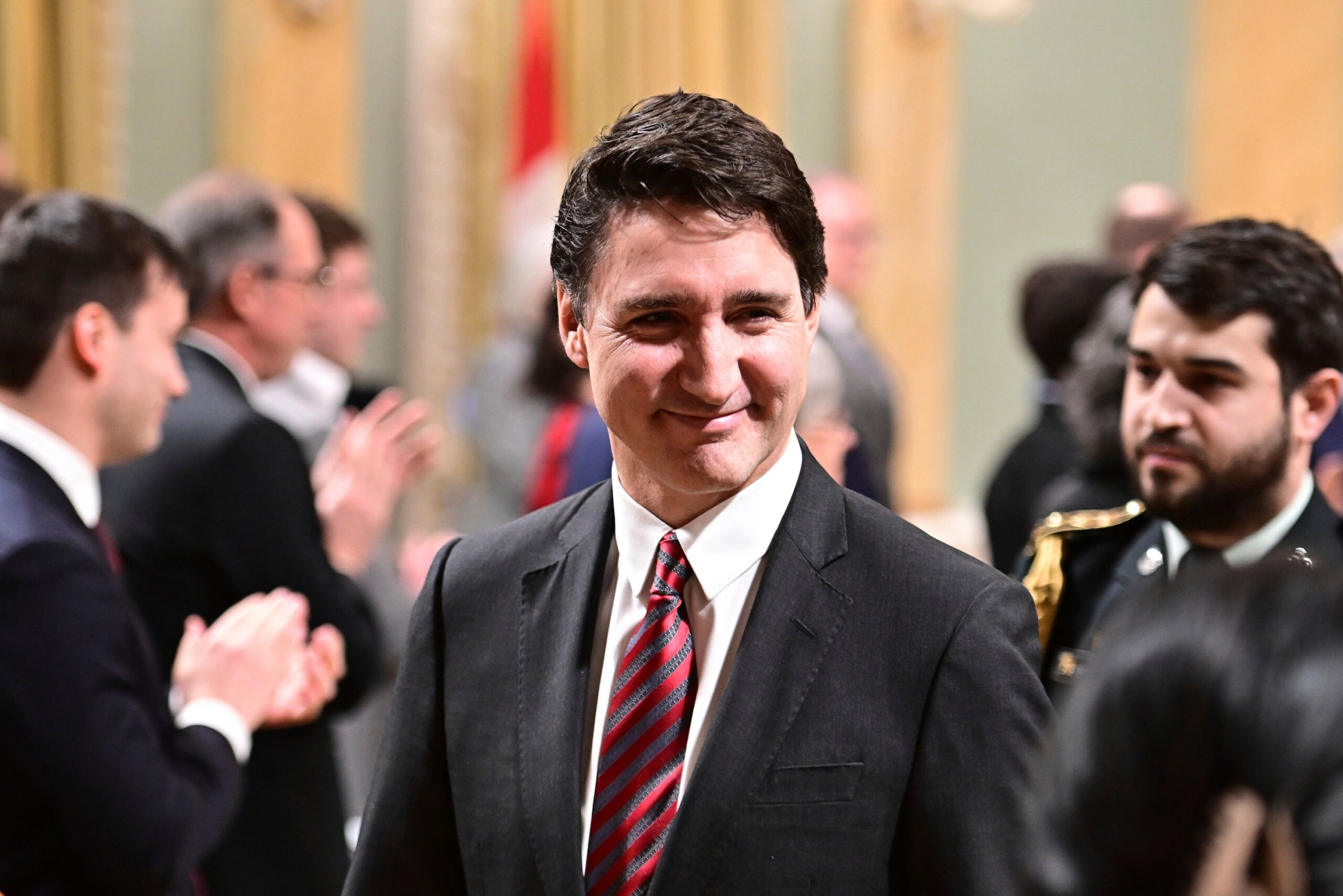Trudeau’s Government Faces Potential No-Confidence Vote Amid Growing Political Turmoil
As the political landscape in Canada shifts dramatically, Prime Minister Justin Trudeau could find himself on the brink of losing his position early next year. A key political ally, Jagmeet Singh, leader of the New Democratic Party (NDP), has announced intentions to table a motion of no confidence in Trudeau’s minority Liberal government when Parliament reconvenes on January 27, following the winter recess.
The NDP’s Challenge to Trudeau
Singh’s declaration comes after a long period of frustration with the Liberal government, which has faced increasing criticism for its handling of various pressing issues, including inflation, a persisting housing crisis, and perceived voter fatigue. Singh expressed the urgency of this matter, stating, “The Liberal government’s time is up, regardless of who leads the party.”
If all opposition parties rally behind Singh’s motion, it could result in the downfall of Trudeau’s administration, potentially triggering a federal election after more than nine years in power.
Political Landscape: Polls and Public Sentiment
Recent polling data has suggested a grim outlook for Trudeau’s Liberals, with many indicating that, should an election occur today, the party would likely face a considerable defeat at the hands of the right-leaning Conservative Party. The growing competition comes at a time when the NDP, which traditionally shares a progressive voter base with the Liberals, has grown increasingly dissatisfied with Trudeau’s leadership style and policy decisions. Many believe that the government is catering more to corporate interests than addressing the needs of everyday Canadians.
Support from Other Opposition Leaders
The political dynamics have shifted further as Yves-François Blanchet, leader of the Bloc Québécois, has pledged support for Singh’s motion. This coalition of opposition parties places additional pressure on Trudeau, especially as the Conservatives have long been calling for an election.
Trudeau’s Response and Cabinet Shuffle
In a bid to stabilize the situation, Trudeau made an appearance shortly after Singh’s announcement to oversee a cabinet shuffle, promoting a semblance of stability and continuity. However, this move has been interpreted by political analysts as a potential sign of desperation in the face of mounting pressure.
Trudeau’s challenges were compounded by the recent surprising resignation of his finance minister, a move that caught many off guard and has left the government scrambling for a response. While his office declined to comment on these new developments, the political uncertainty continues to loom.
A Fragile Parliamentary System
Under Canada’s parliamentary system, votes of confidence are often tied to critical budgetary and expenditure measures. The upcoming session of the House of Commons presents a crucial timetable, with opposition parties allocated specific days to introduce motions, including no-confidence votes. Singh’s push for a non-confidence motion paints a precarious picture for Trudeau’s administration as it braces for significant parliamentary challenges.
Timing and Consequences for Trudeau
Sources close to Trudeau indicate that he will use the upcoming Christmas break to ponder his political future. However, it remains uncertain whether any official announcements will surface before January. If Trudeau were to resign, the Liberal Party would face an uphill battle in organizing a leadership convention to appoint a new leader before a potential election. In such a scenario, the party may have to rely on an interim leader, a situation that would be unprecedented in Canadian political history.
Internal Pressures and Calls for Change
Despite calls from approximately 20 Liberal Members of Parliament urging Trudeau to step down, his cabinet has largely remained loyal thus far. Nevertheless, Singh’s swift pledge for action means the Liberal Party may have limited time to regroup before confronting the electorate.
The Threat of External Factors
Add to this political crisis the looming uncertainty surrounding U.S. President-elect Donald Trump’s proposed trade policies. With Trump set to take office on January 20, concerns have emerged about a potential 25% tariff on all Canadian imports, which could further jeopardize Canada’s already delicate economic landscape.
Provincial premiers from across Canada are clamoring for a unified national response to Trump’s proposed tariffs; however, many have expressed frustration over what they perceive to be “chaos” emanating from the federal government. This external pressure only adds to the political turbulence Trudeau faces as he navigates mounting challenges.
The Road Ahead: A Pivotal Moment for Canada
With tensions escalating on both domestic and international fronts, Trudeau’s position is increasingly fragile. The potential for a no-confidence vote could herald the end of an era for his government, setting the stage for a contentious election season in Canada. As the political climate continues to evolve, all eyes will be on how Trudeau’s team navigates this precarious juncture and whether they can hold onto power amid growing dissent.
Conclusion
As the political landscape undergoes a transformation, Prime Minister Justin Trudeau finds himself at a crossroads. With his legacy on the line, how he responds to the mounting pressures from opposition parties and public sentiment will be crucial in determining his government’s fate in the coming months.
This HTML document represents a rewritten version of the original article, expanded upon and organized into headings, while adhering to a journalistic style. The content is structured to enhance readability and maintain engagement.
